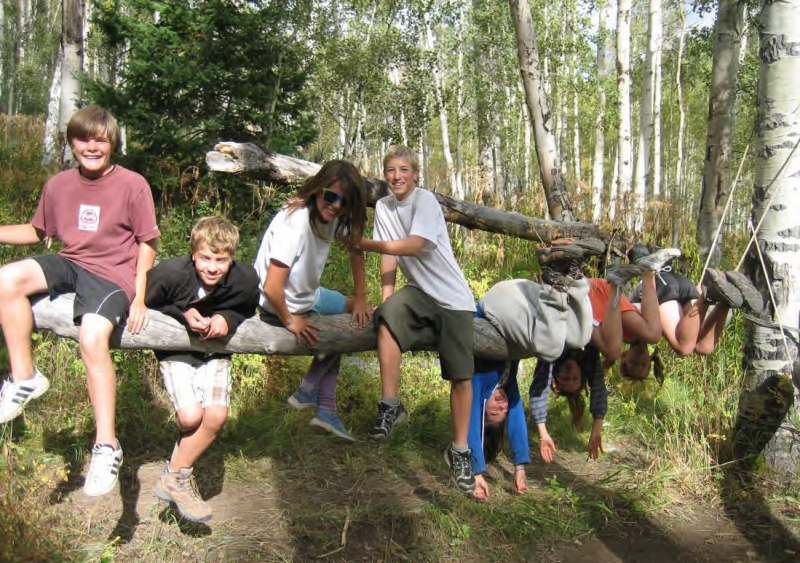Summer keeps everyone busy with plenty of outdoor activities, and GOCO grantees are no exception! They've been hard at work investing more than $3.6 million in GOCO funding this month, with six projects wrapping up in June. GOCO grantees built nature-themed playgrounds, permanently conserved wildlife habitat and an environmental education base camp, improved trails and access to parks, and restore river health across the state. Get scrolling for project details:
Edgar Ranch Conservation Easement
The Nature Conservancy (TNC) received nearly $300,000 from GOCO to help Colorado Cattlemen’s Agricultural Land Trust and a fifth-generation ranching family conserve their 11,000-acre ranch in southeastern Colorado. The property, connected to the Comanche National Grassland, preserves shortgrass prairie habitat home to at least 17 of Colorado Parks and Wildlife’s designated species of greatest need.
The project also protects nearly seven miles of Timpas Creek, preserving water supply for both wildlife and people. CCALT will manage the conservation easement while the family maintains agricultural operations.
Green Mountain Elementary Active School Yard Project
Green Mountain Elementary in Lakewood put a $100,000 GOCO School Yard Initiative grant to work, rehabbing the only neighborhood park in the area with a design dreamed up by students. Watch a video documenting the multi-year effort.

Marble Basecamp Project
This 47-acre area in the White National Forest has been used since 1969 for outdoor education and backpacking experiences for kids, and nearly $300,000 in GOCO funding helped the Aspen Valley Land Trust make sure it stays that way. Marble Basecamp was recently in the news; read the Aspen Daily News story.
South Routt Sage Grouse Conservation Initiative
Acord Ranch is more than 700 acres of prime sage grouse habitat. (Find out why that’s important in this NPR broadcast). Yampa Valley Land Trust used a $241,350 GOCO grant to permanently protect the property, which is home to other wildlife as well as a working agricultural operation. The project conserved high-priority water rights and is adjacent to other conserved land. Learn more about the importance of this project in a Steamboat Today story.
Upper Gunnison Basin Riparian and Wetland Habitat Restoration
The Nature Conservancy also received a $25,000 habitat restoration grant to improve wetland and riparian habitats. Wetland habitats are where land is at least partially covered by water, such as a marsh or bog, while riparian habitats are places where rivers or streams meet land. Restoration projects often improve the water supply, decrease erosion, and generally make the habitat healthier for wildlife and people.
TNC collaborated with Colorado Parks and Wildlife and the Gunnison Climate Working Group for this project, which restored four miles of stream in the Upper Gunnison River Basin. TNC hired an ecological consultant last year to design and plan the restoration effort, and GOCO funding helped implement the resulting recommendations.
The Western Conservation Colorado Corps and Wildlands Restoration Volunteers completed much of the on-the-ground field work, which was also opened to local ranchers to learn tactics they could apply on their own land.
 Vanderbilt and Johnson Habitat Parks
Vanderbilt and Johnson Habitat Parks
More than $1.4M from GOCO helped overhaul two riverside parks in Denver. Johnson Habitat Park, just south of Alameda and I-25, is the first camping opportunity created for urban kids and is also home to the South Platte River Environmental Education program. The park also offers kids the opportunity for unstructured play with interactive nature-themed elements.
Vanderbilt Park is only a few blocks south of Johnson Habitat with new GOCO-funded ballfields, fishing, and walking and biking paths. The city of Denver also put more than $1 million of GOCO funding to work improving the South Platte trail between these two parks and Grant Frontier and Overland parks to the south.
